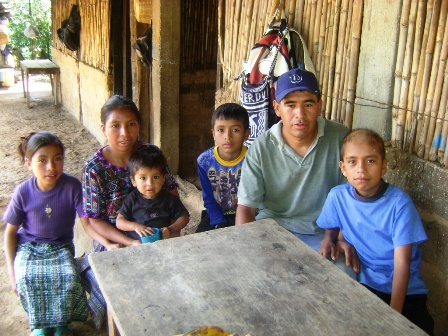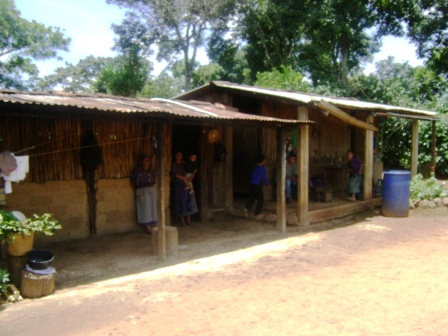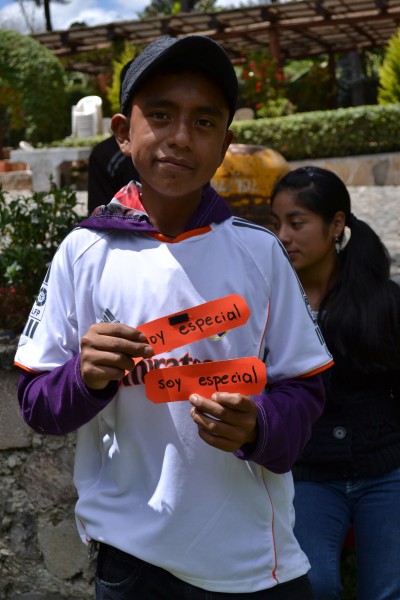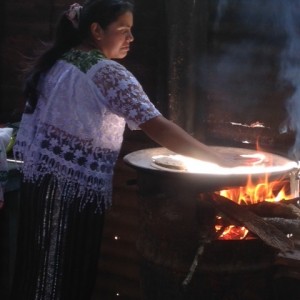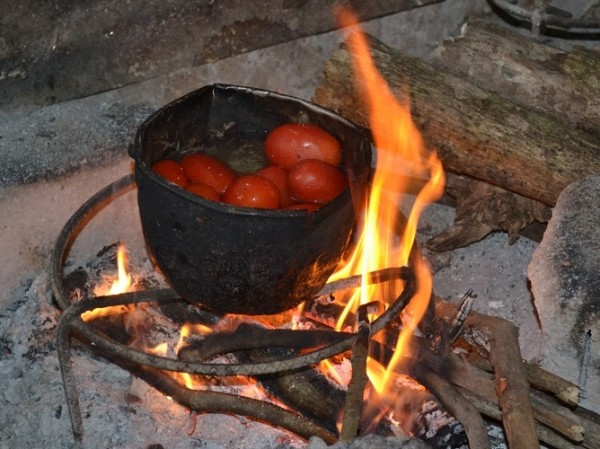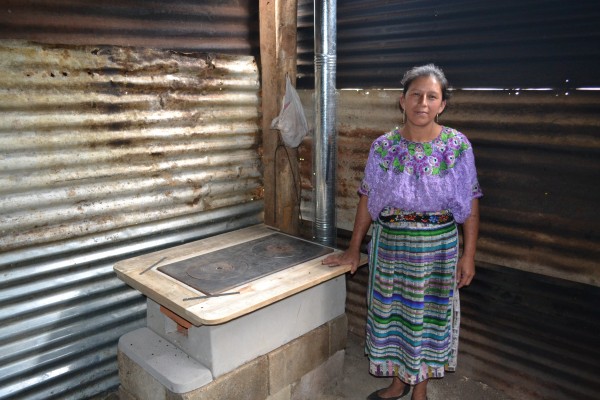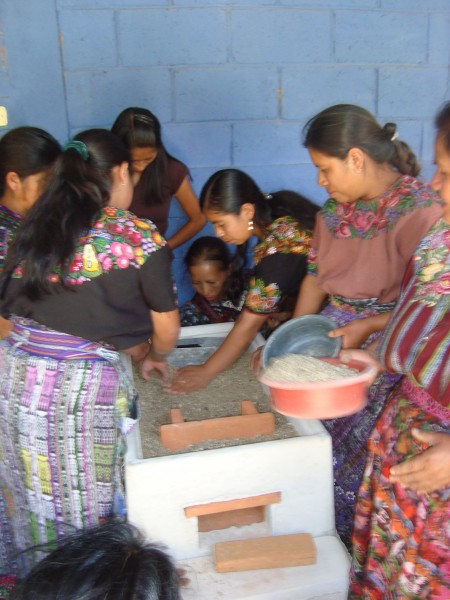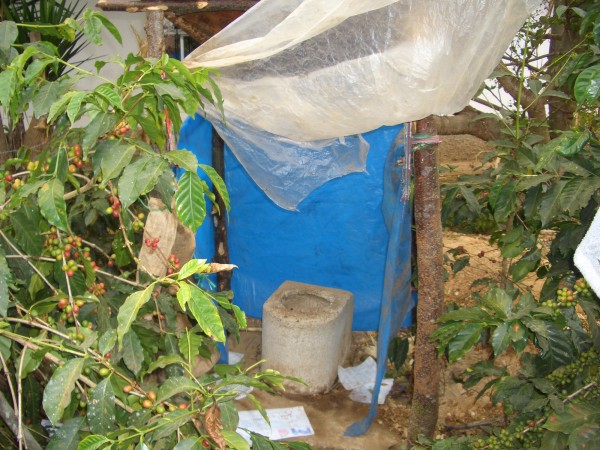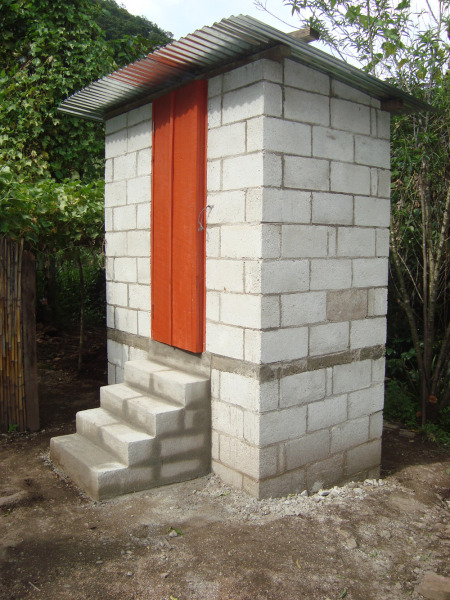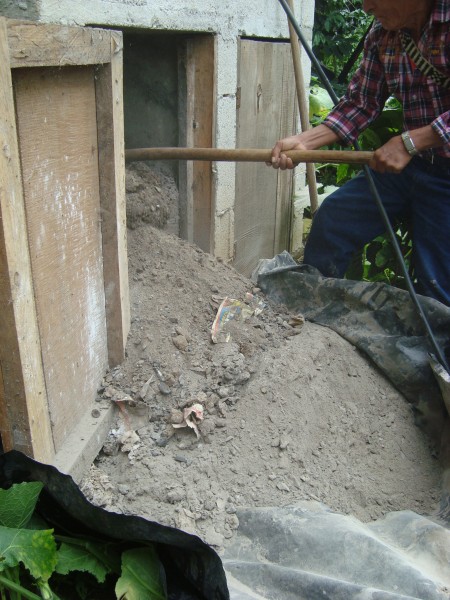- P.O. Box 110221 Naples, FL 34108
- 941-244-8692
- peopleforguatemala@gmail.com

Category Page: Uncategorized
You Saved My Son’s Life
Ronald was diagnosed with lymphoma in 2011 at the age of 12. The family exhausted their meager savings in one month paying for transportation from their remote village to the children’s cancer center in Guatemala City. Doctors requested tests and medicine they couldn’t afford. Ronald’s parents had to deny their son treatment because they ran out of money. They asked family and friends for help but loans they received were not enough. They live in extreme poverty. There is no running water, walls are sparse corn stalks and adobe, rooms have dirt floors, and the kitchen has only an open fire cook stove that spews toxic smoke into nearby rooms. There is no running water.
Juan Pablo, Ronald’s father, told us when when they went to the hospital Ronald had to stand between his father’s legs on the bus because they only had money for one bus fare. They went without food while they traveled to the hospital, 4 hours away from their village one way. Bus fare was $12.
Ronald’s parents came to our medical clinic to seek our help. They knew time was running out for their son, they had no money, and family and friends couldn’t help. Through our Critical Care Fund we were able to pay for the bus fares for mom, dad, and Ronald. We helped them with food for the days they were at the hospital. We paid for Ronald’s tests, medicine and chemotherapy treatments. We continue to help Ronald with expenses for transportation to the cancer center, food, and tests required for his follow up cancer care.
Juanita, Ronald’s mother, said “We had no one to turn to. We had no money and our son was dying. You were the only ones who helped us.” Juan Pablo said “The financial support we received saved our son’s life.”
Ronald is now 15 and tests show he is cancer free. He attends 9th grade in his remote village with the help of a People for Guatemala scholarship.
Ronald’s parents, Juan Pablo and Juanita, are eternally grateful and credit our support for saving their son. There are many more stories like Ronald’s story. In rural Guatemala children and adults go untreated because the families literally have no money. Any government health program that might be available in the rural areas lacks staff and sufficient medicine to treat even the most basic problems.
Our Guatemala health team cares for the indigenous families living in the remote mountains in San Martin, Jilotepeque. These people deserve healthy families and productive communities.
Improving Health with Chapina Stoves
Women in rural villages in Guatemala cook between 5 and 7 hours a day, depending on the size of the family. Daily exposure to toxic smoke is one of the world’s biggest – but least well-known killers. The smoke causes deadly chronic and acute health effects including lung cancer, chronic obstructive pulmonary disease, heart disease, and low birth-weights in children born to mothers whose pregnancies are spent breathing smoke from the open fires.
Often toddlers are in the kitchen beside their mothers and suffer child pneumonia and burns. Because burns require prompt medical attention lacking in remote areas, victims often suffer debilitating scarring or death.
Efficient, vented stoves change the way women cook. Using the Chapina stove, they can cook tortillas and pots of beans or rice on the same cooking surface. The stove uses 70% less wood than open fires, and removes the toxic smoke outside. Less wood means less degradation of the nearby forests.
Groups of 25 to 75 women work together to receive stoves. They elect a president, secretary and treasurer of their group. A formal letter is presented to us requesting help, signed by all of the women participating in the group. The cost of the stove is Q1,015 or about $135. So they have ownership of the stove, they purchase the stove for Q200 (about $25) and donors subsidize the remainder. We require they attend training sessions where they learn how to install the combustion chamber bricks, sand, and cooking surface.
On stove delivery day, women, children, and husbands help carry stove components to their houses. Since the women know how to install the stove, they set up their stove in their kitchen. Marlon, Project Coordinator for Hombres y Mujeres en Accion, visits each house to ensure the stove has been installed correctly and answers any questions.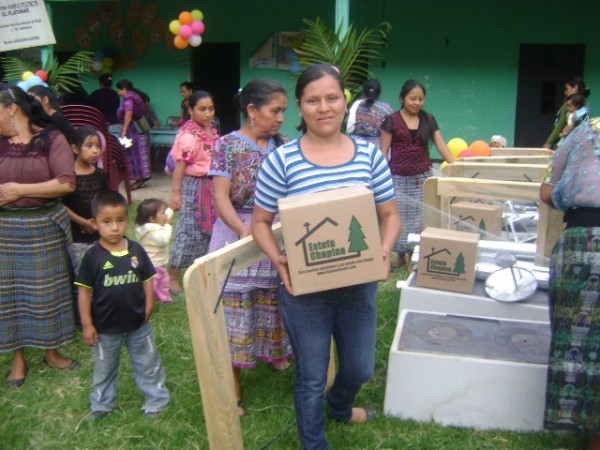
The women report immediate health benefits. They no longer suffer from lung infections, head aches, eye irritations, and they don’t worry about their children getting burned. Juana said “my kitchen is now a place where my family comes to help me cook and talk. Before, I was alone because no one wanted to breathe the smoke.”
Composting Latrines
This open pit latrine contaminates ground water, has a bad odor, draws flies, and has no privacy. Studies show the cause of many diseases is the condition of our lavatories and bad hygiene habits.
Human feces is a major pathway for micobial pathogens which cause diarrhea and other diseases which are a major cause of death, particularly of infants. The pathogens are able to survive in the feces when it is kept near body temperature, but even in circumstances where the feces is dried out completely, they may still pose a danger.
The composting process aims to encourage a situation whereby the pathogens are destroyed by competition from other ‘healthy’ soil micobes. This environment is created by adding carbon-rich material, reducing moisture levels and increasing oxygen by aeration.
A composting toilet is therefore a low technology method to encourage the best possible conditions to destroy the pathogens and usually involves adding available carbon-rich materials after defecation – usually ash or sawdust. There are often modifications to standard pit latrines to make them smaller, more watertight and better aerated (see below). This means that a composting toilet is usually emptied more regularly than a pit latrine might have been.
In many, but not all, systems the urine is separated from the feces as the urine is much less likely to be a source of infection and can be used more easily as a direct form of fertiliser. The composting process is usually considered to be more efficient when the feces is drier and the risk of leakage is reduced.
A composting latrine is a sanitary alternative with many benefits:
- It does not use water.
- It is not costly to construct or to use.
- It does not occupy much space.
- It can be installed inside or outside.
- With good handling, it doesn’t produce disagreeable odors.
- It produces an organic fertilizer that has a minimal probability of pathogenic organisms (organisms that produce illnesses).
- It produces a constant supply of liquid fertilizer. Urine + Water + Time = Urea
During our initial conversations with communities, we emphasize the importance of understanding exactly how their waste will become fertilizer. It’s a difficult topic to discuss and not easily understood by people who commonly defecate in a nearby corn field. Seeing is believing so we arrange for families to visit other communities using composting latrines to see a latrine, ask questions, and learn from families already using the latrine. Old habits don’t die easily so some people are reluctant to use the latrine. Once understood, families are eager to build a composting latrines.
One side of the latrine is used for 6 months. It’s imperative they spread ashes or dry materials after each use. After 6 months the hole is covered and the base is moved to the other side. The waste “cooks” for 6 months before it is removed and used as fertilizer.
Besides providing privacy and doesn’t use water, the latrine can be built close to water sources, and when families own a small plot of land, the latrine can be built close to the house. Users report they see a remarkable difference in crop performance. It is economically beneficial because families do not need to buy expensive fertilizers.
Healthy Homes – One Floor at a Time
Stroll along the rolling hills outside of Antigua, Guatemala, and you see the tiny, thatched huts of local villagers and farmers amid the cornfields and steep slopes of the emerald countryside.
Huts are a single, square room. In one corner is an open fire stove still smoldering to keep the family warm during the night. In the rest, parents and perhaps half-a dozen young children spread out on the dirt floor to sleep.
Most are made of mud, cornstalks and gap-toothed boards. When it rains, June through October, the floors turn to a soupy sludge, 6 inches deep. The walls weep wetness into the dark interior.
But in those hills, one hut stands out. On a ledge overlooking lush farmlands, sits a house with a new concrete floor. That house and others like it in the hills in the highlands near San Martin, Jilotepeque, wouldn’t exist without the generous support of donors.
Covering dirt floors with concrete floors immediately improves the health of the entire family. “Back in 2010 we were building houses but realized the donations could help more families by improving their existing houses rather than building new ones. We changed our focus so donations go farther and more families are helped” said Ken.
According to a World Bank study covering dirt floors with concrete leads to a 78% reduction in parasitic infestations, 49% reduction in diarrhea, 81% reduction in anemia and a 36% to 96% improvement in cognitive development in children
Locals possess only hoes and machetes (the latter of which is used on everything from fingernails to fruit). The trek up the mountain is not easy to improve houses for local families living below the poverty line. There are no cement trucks to deliver ready mixed concrete. Instead, the 90 pound bags of cement, sand and gravel are carried on their backs across slippery paths to the house receiving the new floor. Roads are sparse and unpaved, and electricity is an anachronism, and every project comes with its share of technical challenges.
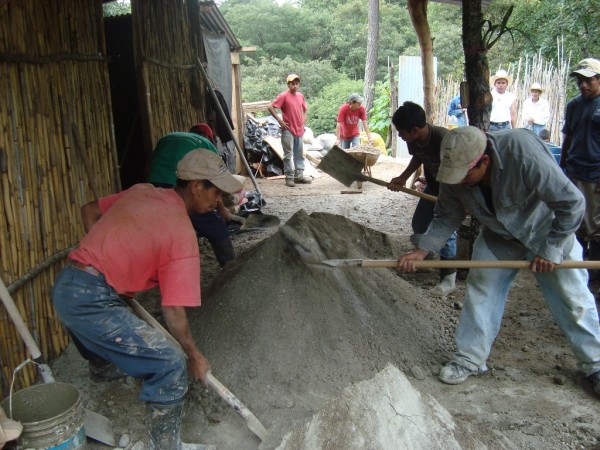 Workers mix cement on site by corralling the gritty goo in a man-made pit (no plastic tubs, etc.) and churning it about with hoes and buckets of water (no faucets or hoses). Each floor takes one week to finish, depending on glitches and weather.
Workers mix cement on site by corralling the gritty goo in a man-made pit (no plastic tubs, etc.) and churning it about with hoes and buckets of water (no faucets or hoses). Each floor takes one week to finish, depending on glitches and weather.
The Healthy Homes project requires each family to make a small financial commitment and provide all of the labor. Five families must work together so everyone helps each other. Men level the dirt floor or mix concrete, women cook lunch for the crew of neighbors on work days. Many times there are 20 men and women at the house. After the floor project is finished most families work to receive a composting latrine. Better living conditions improves the family’s health thus improving each community as a whole.
“What we realized after the first 16 floors was each family made additional improvements on their own”, said Ken, co-founder of People for Guatemala, Inc. Each family upgrades their lamina roof, replaces the cornstalk walls with wood, or expands their porch. On one visit to a family with a new concrete floor a father explained, “This is the first time our 5-year-old son has had a place to play”. Another mother proclaimed, “This new floor has changed my life. I can let my 3-year-old daughter play on the floor. Until now I had to carry her all day because our floor was made of mud.”
The ultimate goal in every project is to teach the local people new skills and give them a hand up, not a hand out. A family can’t possibly save enough money to buy the materials when most families survive on less than $3 a day. For every family receiving a cement floor dozens more families make requests.
For more information and to make a donation please visit our website at www.peopleforguatemala.org. Ken & Lois Werner, Naples residents for 22 years, founded People for Guatemala in 2010 and have called Guatemala home for the past 6 years. Their humanitarian work focuses on health and education in rural Mayan villages. Projects include building schools, conducting medical clinics, classroom support, installing computers in elementary schools, scholarships for junior high and high school students, installing efficient low smoke stoves, and water projects.

